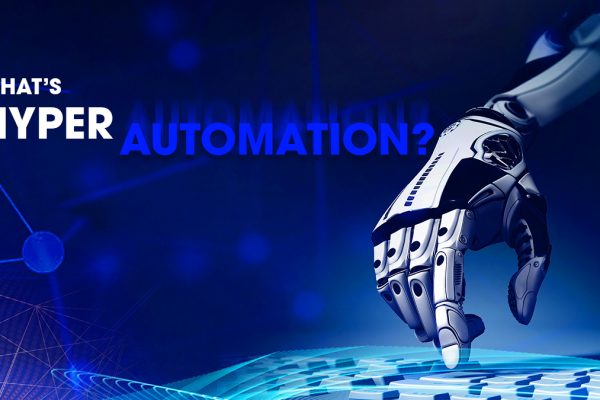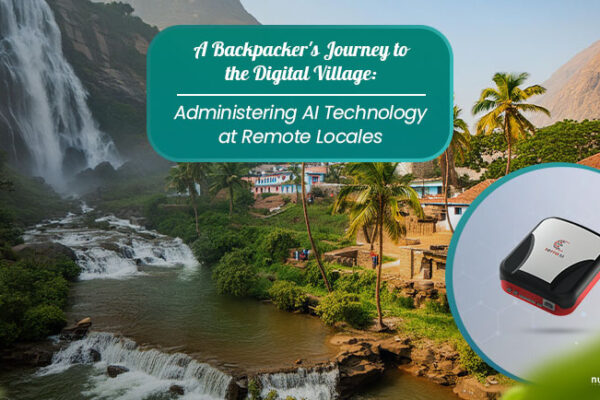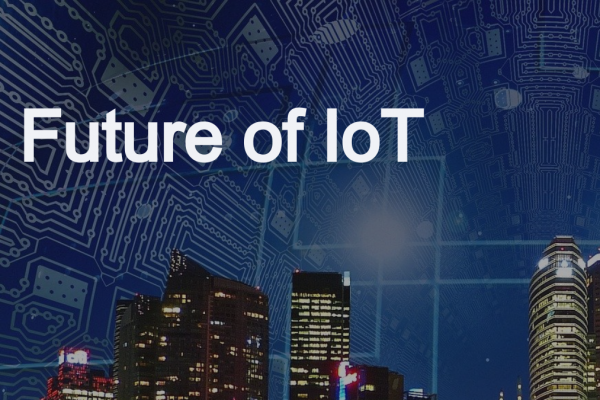The population of the world is ever-growing, at a fast pace. The population of the world was estimated to be 7.8 billion in 2020 and is projected to grow up to 9.8 billion by 2050. And the agricultural industry needs to grow up constantly to feed the ever-growing population.
Agriculture is a major industry contributing to the economy of a country. It is a $3 trillion industry employing over 1.5 billion people. During the last century, the crop yields in the developed world have increased by an average of 600%, allowing the food supply to rise dramatically with the growing population, maintaining the stability of the amount of land under cultivation. The agricultural industry is ever-growing and is constantly evolving with time.
Around the 1950s and 1960s, high yielding varieties of crops, use of fertilizers and irrigation practices to improve crop yields brought about the Green Revolution. This led to a drastic improvement in crop yields and saved millions from starvation. It led to higher crop yields per land area. While the Green Revolution arrived due to the need to feed the increasing population and with the use of the technology available in the 1950s, various other factors are leading to a new revolution in agriculture. Climate change, population growth, and food security concerns are driving the industry into seeking innovative approaches to protect and improve the crop yield. Artificial intelligence in agriculture is leading the way.
AI for farming
Artificial Intelligence is now widely accepted and is steadily emerging as part of the industry’s technological evolution. Artificial intelligence in agriculture will be powered by numerous technological advances, including big data analytics, the internet of things (IoT), the availability of cheap sensors and cameras, drone technology and wide-scale internet coverage on geographically dispersed fields.
AI systems combined with industrial IoT in agriculture, to form an “Internet of Farming” will analyze various data sources such as temperature, weather, soil analysis, moisture, and historic crop performance to provide predictive insights on which crops to plant in a given year and when the optimal dates to sow and harvest are in a specific area, thus improving crop yields.
Farmers generally rely on the manual monitoring of crops to look out for pests and weeds, adjust irrigation, adding fertilizers, etc. In such a system, it is not easy to notice pests or weeds until it becomes a problem. Manual addition of water and pesticides can result in some plants getting less water and others getting more. This often leads to unnecessary expenditures and may even lead to environmental problems due to pesticide and fertilizer runoffs.
Here AI-based image recognition and AI farming technologies can help in monitoring individual plans for pests and weeds. In a particular case, researchers were able to build a smartphone app that can detect diseases in cassava plants with 98% and 96% accuracy. The team used Google TensorFlow, an open-source machine learning ai experiment from Google , to develop a neural network trained on images of diseased cassava plants. Another group of researchers recently used the same Google TensorFlow to develop a deep convolutional neural network to detect pests and diseases in banana plants.
Industrial IoT solutions that incorporate AI are already being used to monitor moisture levels in the soil to control irrigation systems. In the future we can expect Internet of Farming systems using AI vision and soil sensors to control the microenvironment around the plants in a field or a greenhouse to optimize the use of water, fertilizers, and pesticides to minimize costs and increase yields. Farm monitoring tech from Motorleaf is an example of this. Motorleaf, based in Quebec, uses artificial intelligence to use AI and a combination of Industrial Internet of Things devices to automate greenhouses and predict harvests.
AI-powered predictive analytics can warn the farmer of increased risks for pest attacks thus strategizing the use of pesticides, reducing their overall requirements. The predictive systems are also beneficial to figure out any genetic defects in the crops or to analyze any defects in the soil quality, thus improving product quality.
Intelligent Robotics for Agriculture
Autonomous tractors
AI has given rise to robots and better irrigation systems for crops. Autonomous tractors are currently being employed around the world which uses GPS to move around a field, making sure that all areas of a field are plowed evenly. Planting systems based on autonomous tractors are highly accurate, ensuring even and optimized spacing between the plants. This allows the plants to grow better, getting adequate sunlight and nutrients and can improve conversion rates.
Autonomous Tractor Corporation, which refers to themselves as “Tesla for Tractors”, uses electric motors and transmission and promises 30% less fuel consumption and 5 times the service life compared to other tractors. With its proprietary laser radio system and AI software, the tractors learn to go around the field all by itself after an initial run with a driver in the cabin. Sonar is used to look out for obstacles in its path, improving safety. John Deere has also developed a cabless autonomous tractor, which uses a cable connection to the border of the field instead of batteries to function.
Fruit plucking robots
Few robots are developed to help farmers, especially the ones who grow berries and coffee beans to pick and pack their crops. While machines have been used to harvest rice and other cereal crops, picking fruits and berries require a certain skill. While harvesting cereals, the plants themselves are harvested, therefore damage to the plants was not a problem. For harvesting berries, the robot or the harvester has to navigate through the rows of plants, find out the berries, check if they’re ripe or not, and pluck them without bruises or other damages to the berries. Thanks to advancements in computer vision and robotics, advanced robots have been developed which are capable of doing this.
Two companies, namely Octinion and Dogtooth, are at the forefront of this revolution, by developing robots for plucking strawberries. Both of them use a self-driving trolley with a robotic arm attached to it. The trolley goes through rows of plants and the robotic arm plucks the fruit based on the judgments from sensors and cameras. Octinion have made their systems to pluck berries without the stalk(less risk of bruising to other berries) while Dogtooth plucks the berries with a stalk(more shelf life). This is one of the advantages of automation. Human fruit pluckers use their subjective judgement for checking ripeness, to calculate the length of the stalk and other minute details involved. In an automated system, the exact specifications regarding the condition of the plucked berry can be ensured. An apple-picking robot developed by Abundant Robotics is being used by T&G Global in Switzerland, which uses a vacuum to suck apples of the tree.
Similar technologies are being used for weed control as well. Robots are being developed to differentiate the weeds from the crops and eliminate the former without causing any damage to the harvest. Ecorobotix offers an autonomous robot that uses GPS and camera to navigate around the field and spray weedicides right on top of the weeds. They promise 90% less usage of weedicide with this robot. Tertill, an autonomous robot developed by Franklin Robotics is currently available on Kickstarter. It distinguishes between weeds and plants based on their height. Powered by a solar panel mounted on top, it is designed to basically live in your garden and clear out weeds.
AI in livestock farming
Artificial Intelligence is widely used in livestock farming. Computer vision systems help to identify and track individual animals and analyze their weight via an intelligent camera application. Thus, the farmer can optimize the animal to improve the profitability and time to market the product. AI systems can also help to find any diseases the animal can get and find an optimal treatment plan.
SomaDetect, a company based in New Brunswick uses in-line sensors to provide analytics about the cows’ milk on a farm. The sensors installed in each stall measures the fat, protein, antibiotic residues and other parameters to give farmers data regarding the milk quality.
Connectera has developed an AI system called IDA(Intelligent Dairy farmer’s Assistant). The system collects data from a sensor mounted on the cows’ necks, which can monitor behaviors such as eating, chewing, ruminating, etc and uploads the data to a cloud-based machine learning system. This is then combined with farmers’ input on the cow to predict diseases and behaviors.
As technology progresses we can expect artificial intelligence to play even bigger roles in agriculture. Most of the companies implementing robotics and AI do so because of the limited supply of seasonal skilled labor. It may not be long before drones and autonomous robots managed by artificial intelligence start handling everything from sowing the seeds to packing the produce.




